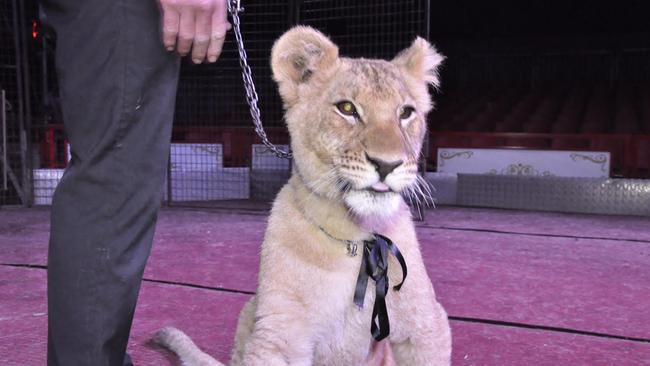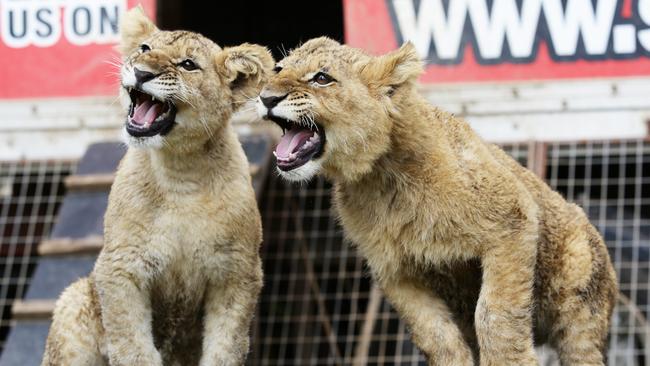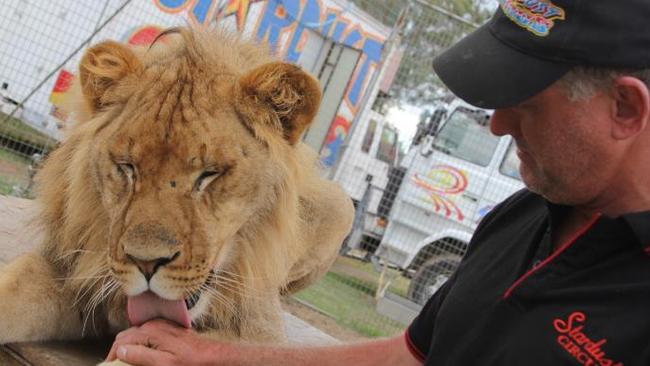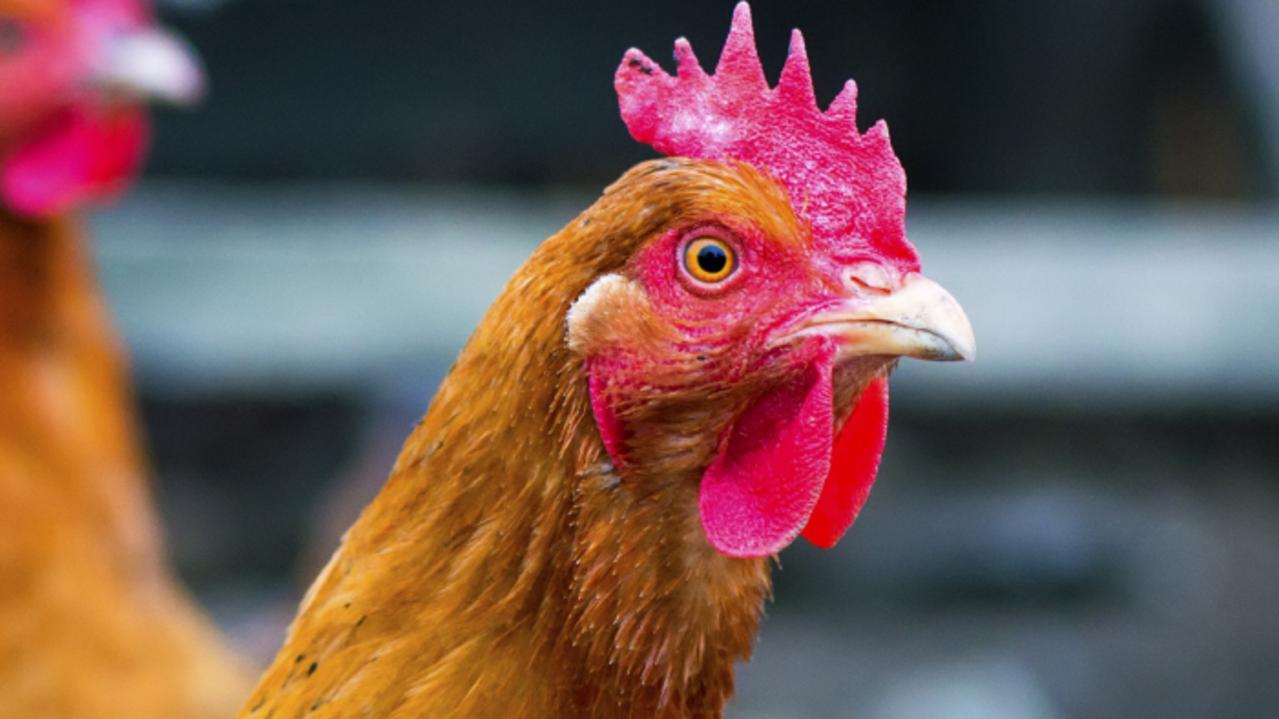Animal cruelty, or man’s best friend? The complicated ethics of keeping lions in Australian circuses
IT’S a confronting sight seeing a trained lion, the king of the jungle, perform behind a wire cage. But as this trainer argues, it’s much better than the alternative.

THE performing lions of Stardust Circus can be seen from the road.
They have a large grass paddock; some sleep on elevated platforms while others occasionally kick and chase soccer balls. Some are curled up next to one of their trainers and a few choose to remain in their air-conditioned indoor enclosure.
Occasionally people stop by just to see the lions at rest while others deliberately avoid the circus, simply because of their presence.
Traditional circuses in Australia are under a cloud. Having performing animals makes them a regular target for animal activists, who often picket shows and deface posters that display animals on them.
The opposition to animals in circuses across Australia has been gaining momentum. Some local councils have now refused permission for these traditional circuses to perform in their council areas.
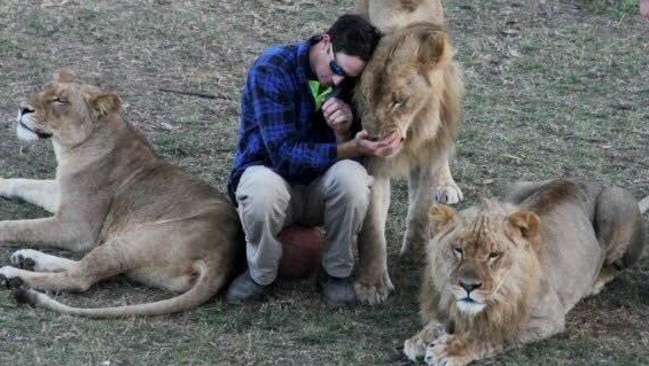
Anna Milczarcyk is an international make-up artist. Prior to this, she gained tertiary education in animal studies and worked with animals in various settings for six years. She is also an animal activist. Recently, she was requested to be part of a shoot involving circus animals.
“I didn’t even ask for details. I was just given the name of the circus and knew straight away I didn’t want anything to do with it,” says Ms Milczarcyk.
Stardust and Lennon Bros. are the only circuses left in Australia that still present lions in their shows. The last elephants performed in an Australian circus in December 2007. However, even traditional circuses that only present domestic animals such as pigs, ponies and dogs still face bans by councils.
“I am against all animals in the circus, although I must admit I feel most strongly about the larger wild animals,” Ms Milczarcyk continues. “I think circuses should be banned. It seems so outdated and barbaric.”
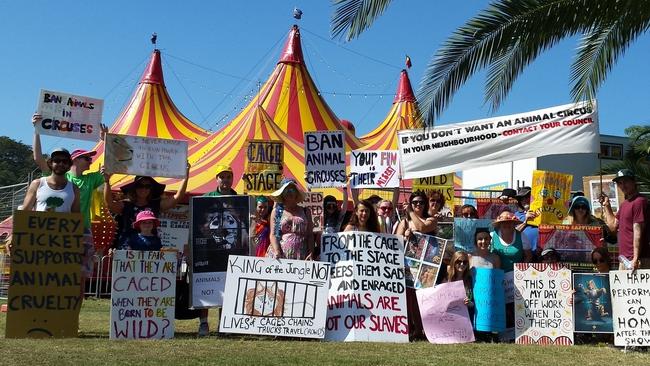
Joshua Philp, who is an Animal Scientist with Western Sydney University, explains why the use of lions provokes such a strong emotive response.
“By virtue of their appearance and behaviour, lions have become a symbol of courage, nobility and power to just about every culture that has come into contact with them” he says. “It’s not surprising some people might care more about what is happening to a lion in a circus than a domestic animal. But on the other hand we are talking about lions raised in captivity for 21 generations. The distinction between ‘tame’ and ‘domestic’ is already becoming blurred.”
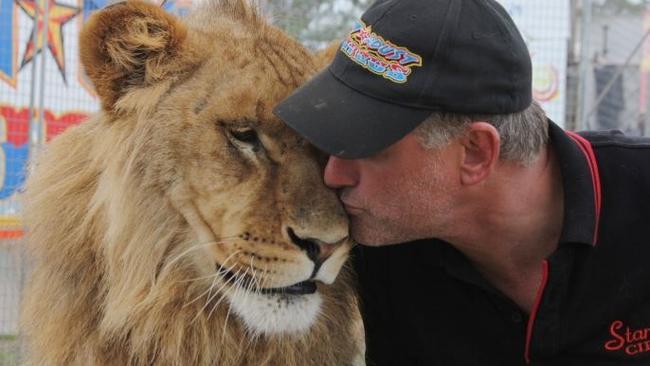
General Manager of Stardust Circus, Glenn West has been training and working alongside lions for most of his life.
“Our animals are on display all the time,” says Mr West. “We are constantly in the public’s view and it is easy for anyone with concerns to come and see how our animals are kept and trained.”
The training and handling of the lions replicates how one would train a dog. Positive reinforcement with the use of chicken meat, which is “saved specifically for training as a special treat,” according to Mr West.
This handling and training must leave animals with an enjoyable experience, otherwise they will quickly learn not to be handled and can become aggressive.
“Our paddocks are bigger than most zoo enclosures in Australia,” Mr West adds.
Ms Milczarcyk is not especially concerned with zoological parks.
“I don’t mind zoos so much,” she says. “I know that a lot of the time they are helping with reproduction and conservation.”
“It makes me sad still for them to be confined to a space but there is a huge difference to me when the animals are actually performing as to just sitting around.”
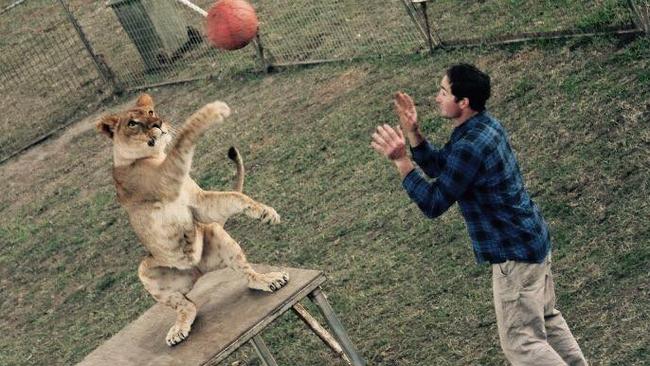
“If your standard for animal welfare is the expression of natural behaviours only, then you are never going to like circuses,” Mr Philp explains. “But performing animals, like zoo animals, have value when kept alive and in good health, which is a good thing for a threatened species.”
Mr West adds that the circus lions and zoo lions in Australia are actually part of the same conservation efforts, however he feels circus lions are happier than their zoological peers.
“I believe that a lion in the circus is a 100 times happier than any zoo lion because they get new experiences all the time and they get handled and cuddled,” says Mr West.
He also has a dire opinion on what might come to pass if circuses with animals became non-viable.
“Well, they did that in Mexico and they had to shoot them all,” he says. “No zoo wants them. There are too many.”
Ms Milczarcyk has no doubt in her mind that these trainers and keepers take the best possible care of their lions “and undoubtedly love them.”
“But these animals just shouldn’t be in such an extreme form of captivity and being used to perform,” she says.
But Mr West doesn’t agree.
“When the music starts they come running out excited,” he says. “They thrive with daily interaction and enrichment.”
